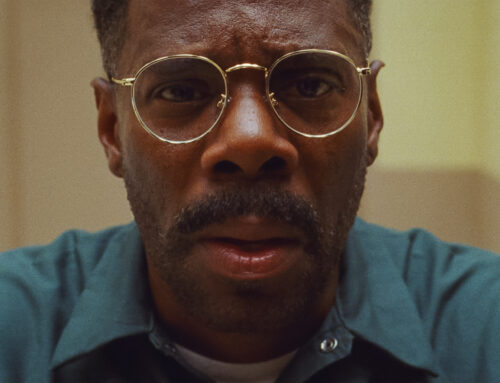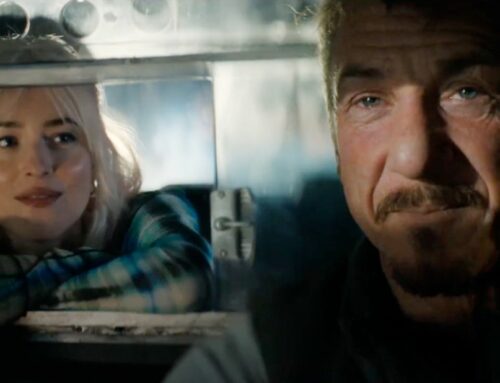I have loved Tina Turner from the first moment I saw her perform. It may have been her very first TV appearance in 1960 on “American Bandstand.” I surely saw her one and only appearance with the Ike & Tina Turner Revue on The Ed Sullivan Show in 1970. I had no context for what I was seeing. She was galvanic. She was black. She was female and a raw Rock n’ Roll diva, grinding up a storm, all legs, a sexual cyclone who threatened to explode right out of my TV. I knew that I loved everything about her–her confidence, her cheekbones, her sheer abandon. I had a hard time reconciling this powerhouse with what we all came to know about Anna Mae Bullock from Nutbush, Tennessee, how her musician husband Ike Turner had plucked her from oblivion and then tried to pummel her right back into it.
The HBO documentary “Tina” tells the gut-wrenching and triumphant story of Tina Turner’s beginning and her becoming. It also conveys her ambivalence but exquisite truthfulness in sharing the pain of her story in this documentary which we are given to understand is a farewell to her fans. One of Ike & Tina Turner’s biggest hits “River Deep– Mountain High” describes her trajectory perfectly: from a wellspring of talent and resilience, she beat the odds and the baggage, the abuse, the heartache, the musical trends, to somehow envision a future– which she then surpassed.
I was hungry for the never-before-seen early footage and Tina’s own words which Oscar-winning directors Dan Lindsay and T.J. Martin weave into a narrative shaped by the woman herself. What was she thinking? Feeling? What was going on behind the scenes? The doc takes its time– and its cue from Tina– lingering just long enough over the torturous details to help us understand her better, without ever exploiting the dignity of the woman or her ex-husband. As we see photos and footage of Tina with her kids at home, hear her lament how much she was away from them, how little love there was in her own childhood, I was struck by how self-possessed she seemed, how quietly determined, how unsparingly honest. For all her bravado as a performer, there is nothing strident about her, nothing like a complaint. Instead, we read the quiet pain in her eyes and a simmering strength.The film is probing and understated, breathing long enough for us to absorb what Tina shares about her inner life while we bask in the footage of her breathtaking performances. What comes through is her stamina and colossal fortitude, her lack of self-pity, her fundamental goodness which in addition to her talent, propelled her professionally and spiritually.
How else to explain her transcendence of the torment of an abusive marriage at the hands of a controlling husband who simultaneously exploited and stifled her creative spark? When Tina finally made the leap to go it alone, taking only her name with her, that was but the beginning of yet another mountain to climb. When she revealed her personal story of domestic abuse, she instantly became a heroine to thousands of women who identified with her story and found strength in her resolve. But she had a long way to go professionally. Where does a performer who’s already been branded in the public eye, find a new identity, a 40-something black woman trying to survive the evolving musical scene of the early 80’s, dreaming of being the queen of rock n’ roll a la Mick Jagger? The film documents the long arduous climb, step by step. She was starting all over again, and, as journalist Kurt Loder attests, “She’d play anywhere… just to get by.”
That’s what brought her one night to a small venue in Cambridge, Mass. where I was a young entertainment reporter on WBZ-TV. I remember having to convince the producers that Tina’s local appearance should be my report on the 11 o’clock news that night. The reaction: Who cares. Isn’t Tina Turner over? But I remember thinking I couldn’t believe THE Tina Turner was actually in town and that we could see her on a small stage up close! The assistant news director Randy Covington agreed saying “Tina Turner? Oh yeah. Let’s do it!”
I headed for Harvard Square to do a pre-show, sit-down interview with her. It was a pivotal time for Tina and an unforgettable interview for me. We sat in a tiny dressing room above a motor lodge in Cambridge where she was staying. I remember she looked more delicate and beautiful in person. She was warm and soft-spoken. When I asked her about being on the road solo, I will never forget what she said to me: “Something big is coming. I don’t know what it is, but I know it…it’s coming and it’s big.” She told me she chanted every day. That Buddhism was the key. We said good night, I watched her show, and later that night I aired the interview and her performance– which was, of course, terrific. Little did I or my audience know we had all just witnessed something prophetic.
About a year and a half later, against all odds — Tina Turner would erupt full-blown on the world stage, with a totally new sound and look, a number one hit song “What’s Love Got to Do With It” from the smash hit album “Private Dancer,” multiple Grammy awards, and mega stardom. She was absolutely in command of her life and career. When people describe Tina as having made one of the biggest comebacks ever, she disagrees: “I don’t consider it a comeback. Tina had never arrived.” The doc doesn’t end there, but takes one more lap back into the recesses of her pain, and we come to understand the psychological and emotional cost of her re-opening old wounds, the toll the 1993 film “What’s Love Got to Do With it” (starring Angela Bassett also interviewed here), the current Broadway show “Tina–The Tina Turner Musical,” and this very documentary have taken on her. To be sure, it’s all a gift and this documentary a graceful final bow from a radiant warrior whose soul and humanity are even larger than her remarkable talent. Thank you, Tina.
SEE IT NOW on HBO and HBO MAX: TINA An Intimate Portrait of the Legendary Singer Tina Turner Told in Her own Words .






Leave A Comment
You must be logged in to post a comment.